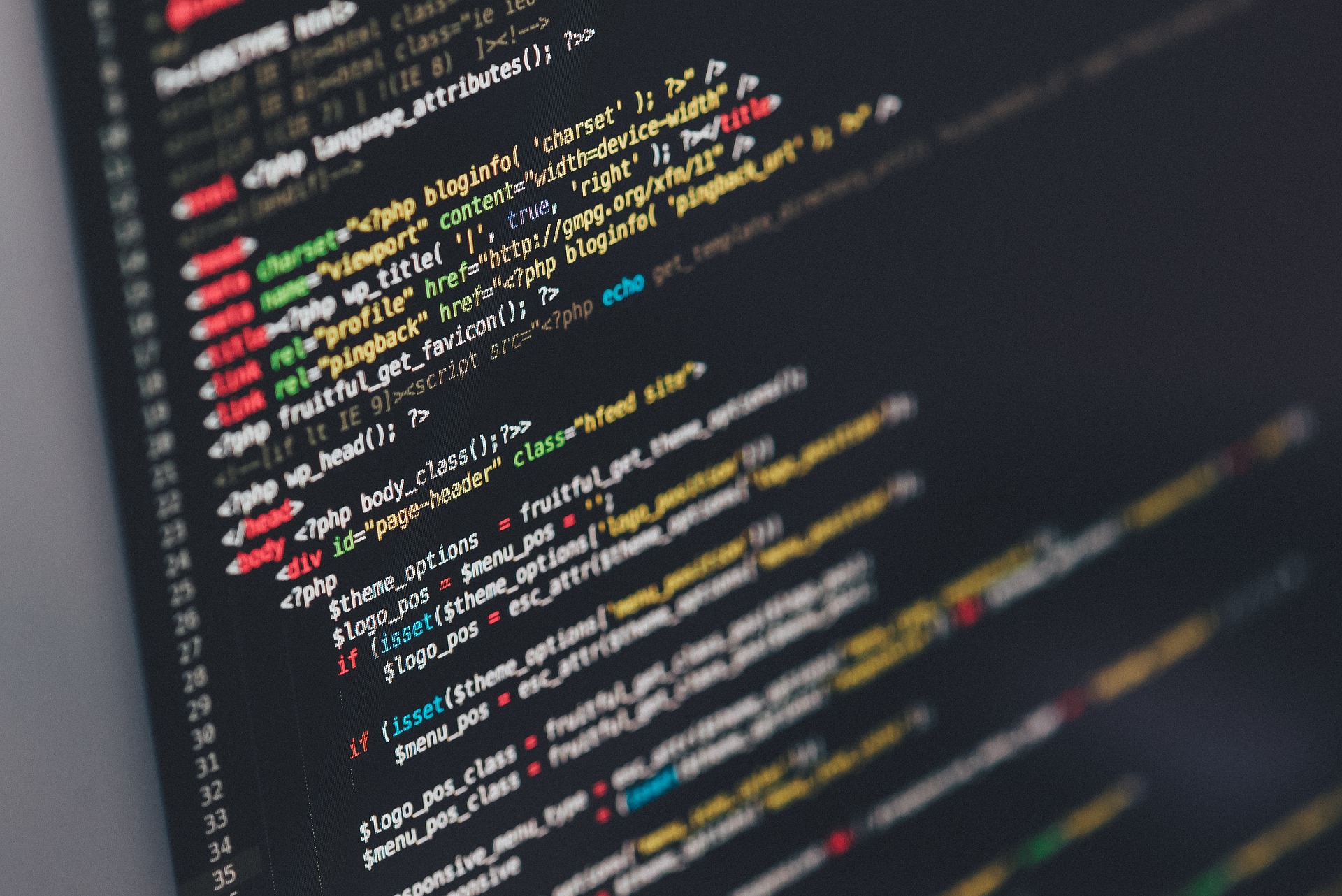Editor's Note: This article comes fromBlue Fox Notes (ID: lanhubiji)Editor's Note: This article comes from
Blue Fox Notes (ID: lanhubiji)
Blue Fox Notes (ID: lanhubiji)
, Author: Hugh Karp, translated by "MoQi" of the "Blue Fox Notes" community, reproduced by Odaily with authorization.
Preface: This article is suitable for beginners to read, especially those who want to earn interest by lending their own stored tokens, such as ETH, DAI, etc. to the protocol. Lending cryptocurrencies to smart contracts instead of a centralized entity is a new lending model with good returns. For example, in the dYdX market, the current annualized return of DAI can reach more than 8%. Then, among them what's the risk? How to conduct risk assessment and decision-making? This article may help you.
So, what's the risk?
When someone says, "You can earn over 10% annualized interest," your first reaction might be, "That sounds like a scam." But that’s not always the case, and assuming you’re interested enough to dig deeper, your next question is: “OK, but what’s the risk here?”
secondary title
possibility
The first step in understanding risk is to break it down into two main factors, likelihood and consequence. As you can see, it helps to separate these two factors, not only for understanding the risks, but also for taking appropriate steps in how to manage them.
as a result of
possibility
The probability that a risk will actually occur. Is it a relatively common situation? Or is it a rare event? Or even an event that never happens?

as a result of
It depends on how each factor is assessed for risk, and it is critical to your understanding of how to manage risk. It's simple, the matrix below will guide you into action.
manage
avoid
Anything with high likelihood and serious consequences, which cannot be properly managed or insured at a reasonable price, should be avoided. This is the category of "scam", but it can apply to a wider range of fields as well.
The combination of high likelihood and low consequence forms part of the day-to-day management that you can take responsibility for yourself or pay someone else to help you manage. For example, due to interest rate changes between different DeFi protocols, measures can be taken to optimize the rate of return.
insured
Low-likelihood and low-consequence situations are usually not cause for concern. It's not worth the time and cost of administration on them, so ignoring them makes perfect sense.
insured
The remaining categories are combinations of low likelihood and high consequence that should improve risk-adjusted returns as much as possible. At the very least you should understand scenarios with severe consequences and what would lead to them. (Blue Fox Note: In order to help lenders reduce risks, some projects have developed insurance services, which further shows that DeFi is basically a parallel world of the existing traditional financial world, and it presents new features, such as no fixed loans period, variable rate, etc.)
secondary title
Three Risks in a Loan Agreement
Now that we have a common risk management framework, how do we identify possible events or risks? High-probability risks are usually more obvious because they tend to occur during the normal operation of the platform. For example, changes in interest rates, liquidation due to low mortgage rates, slippage costs, etc. The risk of high consequences is where you need to spend more time thinking, because here you will fully grasp the scope of risk reward.
There are three main categories of risks when using various DeFi platforms. Depending on the platform, each risk can result in substantial financial losses. It is therefore important to understand these three risks.
1. Technical risk
There is a risk that smart contracts will not work as expected by the developers. It is very difficult to write code that is completely bug-free, so there is always some degree of technical risk. Auditing of smart contracts, extensive testing, formal verification, and "combat testing" can all reduce technical risk.
A simple metric is how long its funds have been held, which may be an aspect of a reasonable measure of technical risk, as even rigorously "battle-tested" smart contracts may have had problems in the past.
2. External risks
The risk of external information affects the operation of smart contracts, thereby harming the interests of users. For example, oracles may provide malicious data, managers may change system parameters or may choose governance procedures, etc. (Blue Fox Notes: For example, changes in the mortgage rate may cause assets to be liquidated.)
This is often more difficult to assess without a certain level of technical competence. But, generally speaking, there are always articles that explain how much control managers have and where the external risk factors are.
Some platforms have started introducing time-locked governance controls, which allow users to withdraw their funds should any changes occur. There are also some platforms that do not have the risk of external factors, such as Uniswap. (Blue Fox Note: Because Uniswap does not depend on oracles, etc.)
3. Risk of Economic Incentive Failure
Many smart contract systems, especially in the DeFi space, rely on economic incentives to encourage network participants to perform certain actions. These incentives may not be sufficient or sufficient to encourage correct behavior by network participants, causing other users to be adversely affected.

For example, the incentives in the MakerDAO smart contract may be too aggressive, and if the price of ETH falls sharply and quickly, the DAI and USD pegs may be broken. (Blue Fox Notes: MakerDAO currently has 150% overcollateralization, and is starting to move towards multi-asset collateralization)
------
Consider the worst-case scenario first before deciding whether you are willing to take the risk. For example, in the Compound protocol, the worst-case scenario of economic incentive failure may result in funds being unavailable for a period of time, rather than the risk of total loss of funds. Depending on each individual, this situation may or may not be tolerable.





